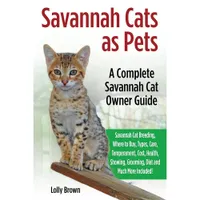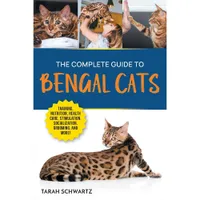Savannah vs Bengal: What’s the difference between these cats with wild origins?
Energetic and super bright, the Savannah and Bengal cats will keep you on your toes!
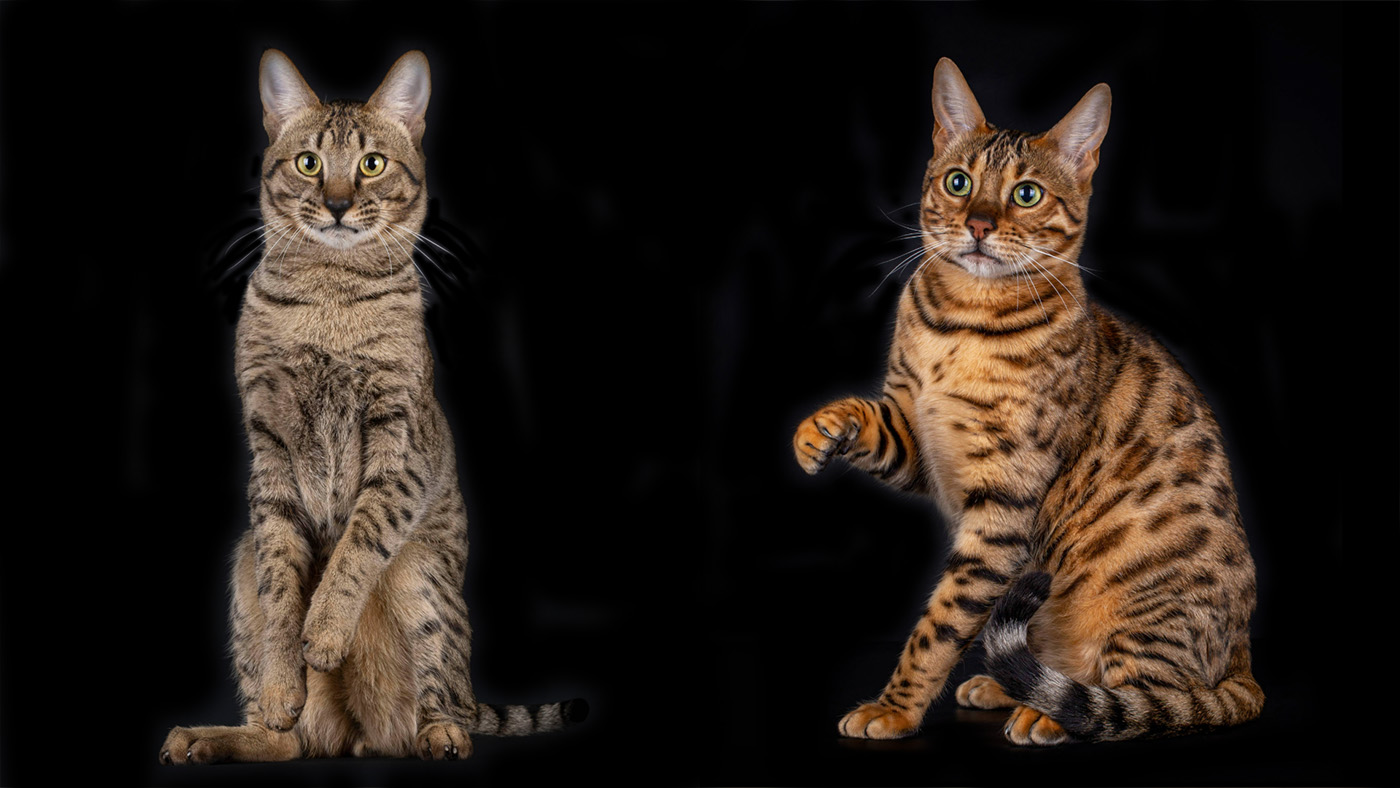
Trying to decide between the Savannah and the Bengal? You've come to the right place! Adopting a cat is a big decision, and this guide will share everything you need to know about these two breeds so you can choose a feline friend that's the right fit for you and your lifestyle.
A large cat with long limbs and a dog-like personality, the Savannah is more likely to be found following their humans from room to room or zooming about after their favorite cat toy than they are to be curled up on a warm lap. Definitely no couch potato, this breed loves to play, scratch, climb, and explore.
While the Bengal is no slouch in the energy department, they are slightly less active than the Savannah, and they're smaller too, so they're a good choice if you're looking for a slightly less demanding and more compact kitty. However, like the Savannah, these curious and athletic cats need plenty of mental and physical stimulation to keep them from becoming bored and destructive.
To help you decide on your new forever friend, we sought the advice of expert vet Dr Rebecca MacMillan. Below, she shares her vet wisdom with us, revealing how much exercise these two cats need, whether or not they can be trained, and the health issues each is prone to. Let's take a look...
Size: Savannah vs Bengal
When it comes to the largest cat breeds in the world, the Savannah is near the top of the list. These are big cats with most standing 14–17 inches tall and tipping the scales at a very impressive 25 pounds (although many females will be considerably smaller). They're more likely to resemble a small dog in size and weight than they are a cat.
The Bengal is much smaller in comparison with most, measuring around 8–10 inches tall and weighing 8–15 pounds. However, Bengals are still considered a medium-to-large breed by cat standards, they're just not quite in the same league as the Savannah.
Appearance: Savannah vs Bengal
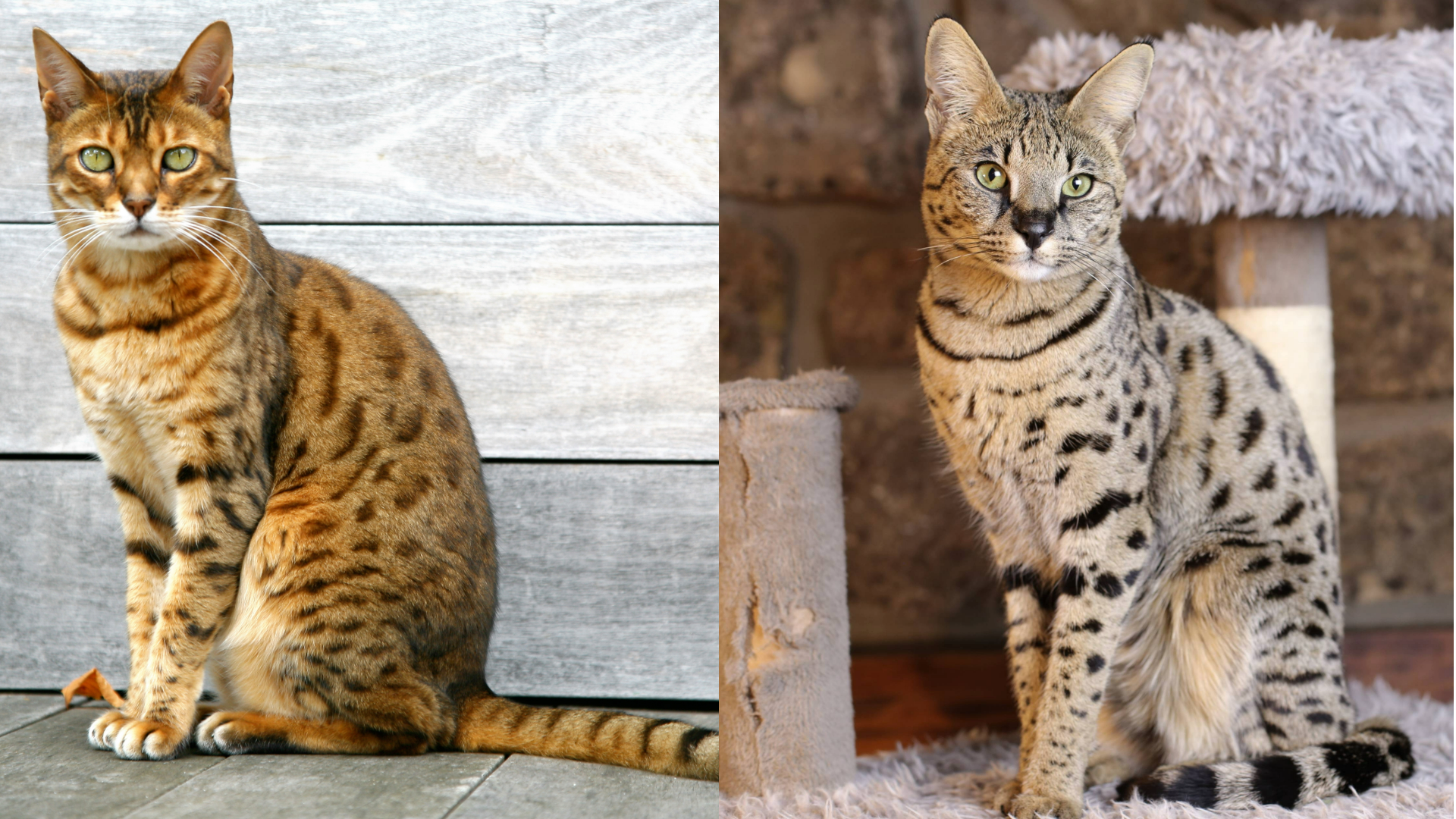
Boldly spotted and towering over most other breeds, the Savannah is tall and lean with an elongated body, long neck, and long legs. Their head is triangular in shape, and while their ears are large, they're rounded and low-set. The Savannah's coat comes in a range of colors, from light tawny to black smoke, and alongside their spots, their coat may also feature bars.
Get the best advice, tips and top tech for your beloved Pets
A sleek and muscular cat with a wild appearance, the Bengal is more compact than the Savannah and has a wedge-shaped head, high cheekbones, and large ears. Their coat is similar to that of a leopard, being made up of spots, stripes, and marbling, and their most common coat color is brown tabby, but they also come in many other colors.
Intelligence and trainability: Savannah vs Bengal
A common question asked by cat owners is can you train a cat? While all cats can be trained to do basic things, like use the litter box or a scratching post, some felines are particularly bright and can be trained to do tricks and walk on a leash. If you've always wanted to teach a cat a trick, you're in luck because both of these breeds are known to respond well to this sort of training.
"Both cats are very intelligent and curious," says Dr MacMillan. "Savannah and Bengal cats are often dog-like in nature and said to be easy to train, but patience is key. Some tricks will take longer than others to learn, and each cat is individual."
When it comes to training your cat, Dr MacMillan says how you go about it is key, with patience and consistency being important.
"With the right positive approach, Savannah cats can be clicker-trained and taught to walk on a leash. Early socialization is important for both breeds, as their wild roots could make them more independent and wary if this has not been handled correctly."
Exercise needs: Savannah vs Bengal
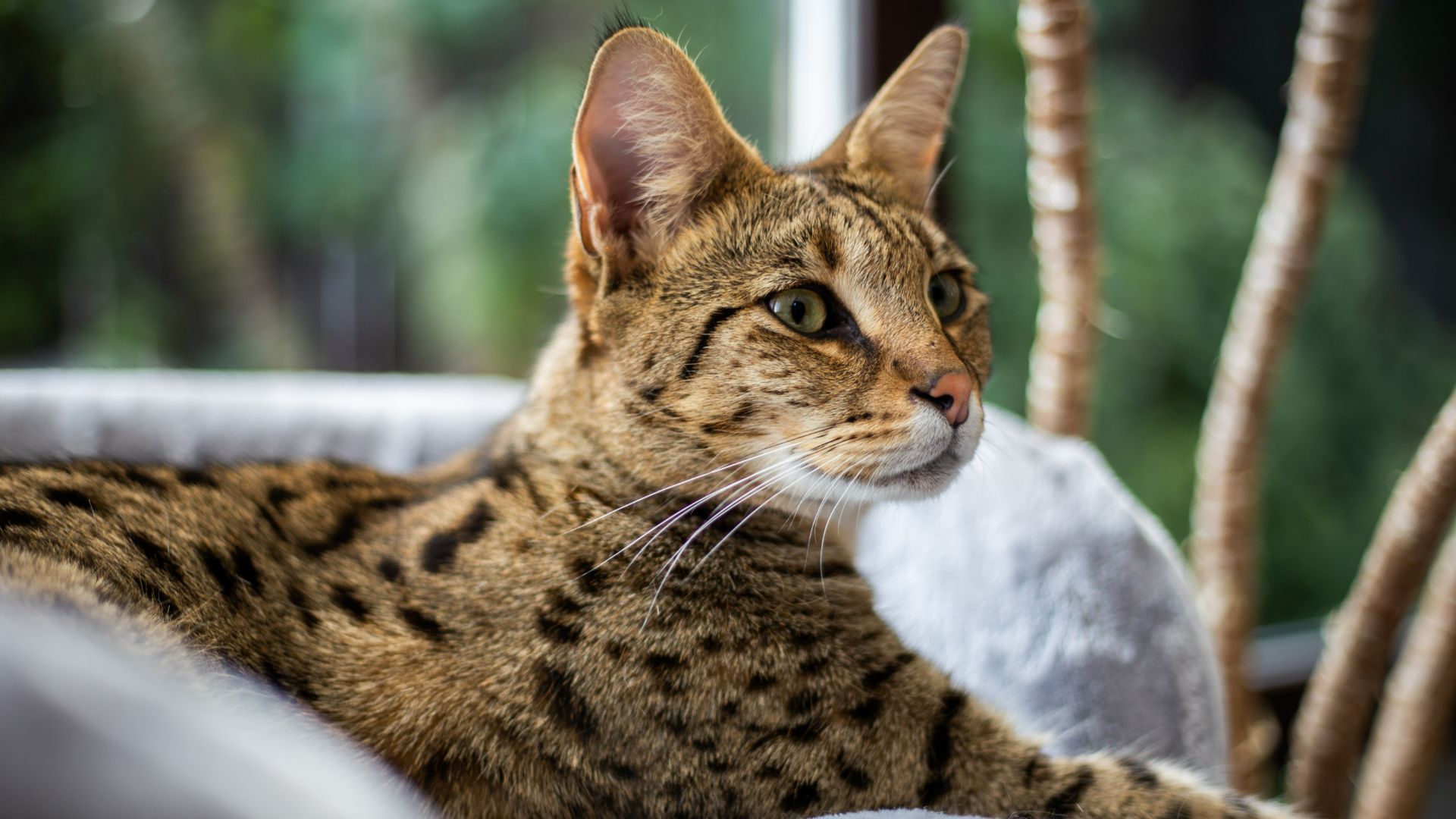
If you're looking for a lap cat or a relaxed lifestyle, Dr MacMillan says you'll definitely want to steer clear of these two breeds!
"Both the Bengal and the Savannah are active cats that enjoy climbing, running, and playing. They will need 30–60 minutes of exercise each day, depending on age and health status. If they don’t receive enough physical activity, they could become destructive or start climbing your curtains!"
Both breeds with benefit hugely from a range of the best interactive cat toys that they can zoom around the house after.
"A cat wheel can be helpful for these cats, too," Dr. MacMillan adds, "just make sure that it is the correct size for them."
Of of these breeds, the Savannah is the more active of the two, but both are energetic cats with minds and bodies that like to be kept busy. Cat puzzle feeders can be a good way to give their brains a good workout.
Grooming: Savannah vs Bengal
They may not be low-maintenance on the exercise front, but you'll be relieved to hear that neither the Savannah nor the Bengal requires much in the way of grooming.
"Both cats have short and sleek fur," says Dr MacMillan. "Weekly brushing should keep their easy-to-care-for coats looking good."
Still, while you don't have to brush them every day, it's worth bearing in mind that regular grooming sessions are a wonderful way to strengthen the bond you share with your fur friend.
Savannah and Bengal cats are also known to relish bath time, especially if there are some cat-friendly bubbles involved. So, although this isn't necessary for their skin health, it can be a great way to add some extra enrichment into their day.
Wisdom Panel Cat DNA Test | Amazon
Not sure exactly what breed your cat is? This kit screens for 70+ breeds, 45 genetic health insights and 25+ physical traits – because knowing every detail about your cat helps you understand how best to care for them.
Health considerations: Savannah vs Bengal
According to Dr MacMillan, both Savannah cats and Bengals are relatively healthy, but there are some inherited health issues they are prone to.
"It is important to remember that many Savannah cats will be much closer to domestic cats than they are wild servals," she explains. "This means that most of the health conditions that Savannah cats suffer from could also affect any domestic cat, including dental disease, obesity, and kidney disease.
“Servals are also at slightly increased risk of hypertrophic cardiomyopathy [HCM]. This causes thickening of the heart muscle, affecting how well it pumps blood around the body, which can lead to blood clot formation and heart failure.
“Progressive retinal atrophy (PRA) is another hereditary condition that Savannah cats can suffer from, which can cause loss of vision.
“In the unlikely event you purchase an early-generation hybrid cat, then male sterility could be an issue. These fertility issues seem to resolve in cats that are more than four generations removed from their serval ancestors. This is not a particular problem unless you are planning on breeding from your cat, however.
“Bengal cats are also at risk from HCM, but are also more likely to suffer with hip dysplasia and patellar luxation. These joint abnormalities can lead to pain, mobility issues, and early-onset arthritis.
“Bengal cats also seem more likely to develop feline infectious peritonitis than some other breeds of cats. This infectious disease can be fatal in some cases."
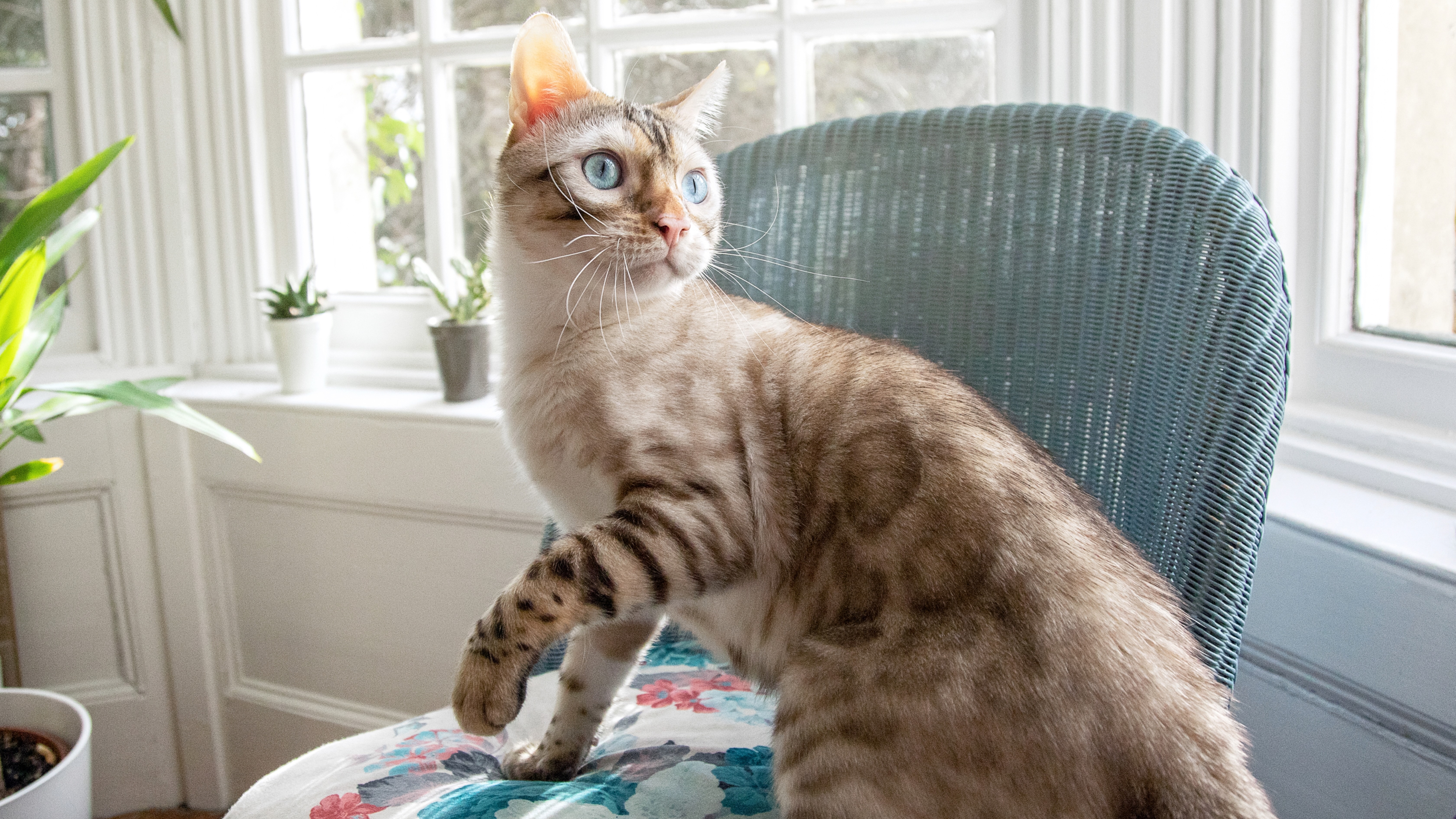
Owner suitability: Savannah vs Bengal
Adopting a kitten or adult cat can certainly bring a lot of joy and fun to your life, but it's also worth giving careful consideration to which cat you choose to ensure you can meet their breed-specific needs.
"Both cats require active owners who can give them plenty of time and attention," explains Dr MacMillan. "These cats are not for the faint of heart. Expect climbing, broken ornaments, and plenty of fun!
“The Savannah needs much more space than the Bengal, so a large home and some outdoor space are a must for this cat. Savannah cats can also be quite demanding, so owners need to put more time into their physical and mental stimulation.
“Families looking for a more compact and (slightly) less energetic cat should opt for the Bengal. They are not much larger than the average domestic cat, so they are a bit more adaptable, and could be kept as an indoor-only cat."
Savannah Cats As Pets | Amazon
This comprehensive guide is ideal for those who are thinking of getting a Savannah hybrid cat, but are unsure of doing so. It also serves as a handy reference guide book for those who already share their homes with a Savannah.
The Complete Guide to Bengal Cats | Amazon
This complete guide to caring for Bengal cats has everything you need to know about this exotic breed, from nutrition, exercise needs and socialization.
Read next: Reasons to love Savannah cats and facts about Bengals
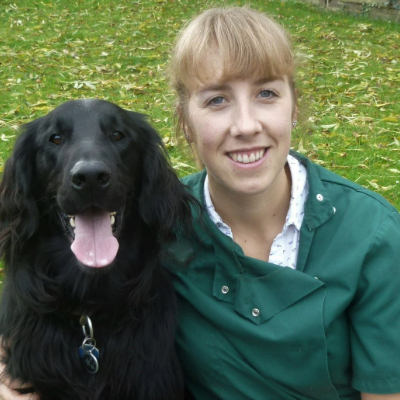
Rebecca is a veterinary surgeon who graduated in 2009 from the Royal Veterinary College in London. She has a wealth of experience in first opinion small animal practice, having done a mixture of day-to-day routine work, on-call emergency duties and managerial roles over the years. Rebecca enjoys medicine in particular and she is proud to have recently achieved a BSAVA postgraduate certificate in small animal medicine (with commendation).
She writes on various feline and canine topics, including behavior, nutrition, and health. Outside of work and writing she enjoys walking her own dog, spending time with her young family and baking!
Edited by Georgia Guerin and Alexis De Leaver.
Last updated in July 2025.

Kathryn is a freelance writer who has been a member of the PetsRadar family since it launched in 2020. Highly experienced in her field, she's driven by a desire to provide pet parents with accurate, timely, and informative content that enables them to provide their fur friends with everything they need to thrive.
Kathryn works closely with vets and trainers to ensure all articles offer the most up-to-date information across a range of pet-related fields, from insights into health and behavior issues to tips on products and training.
When she’s not busy crafting the perfect sentence for her features, buying guides and news pieces, she can be found hanging out with her family (which includes one super sassy cat and a kitten), drinking copious amounts of Jasmine tea and reading all the books.
She has written for a range of publications, including Fit&Well, Top Ten Reviews, LiveScience, Goodto, and Product Hunt.

